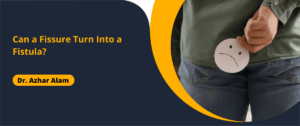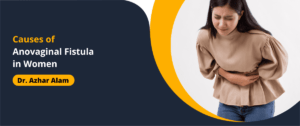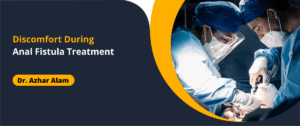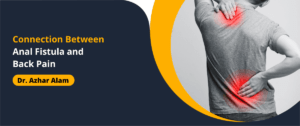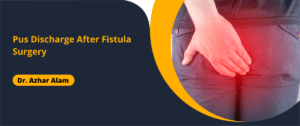
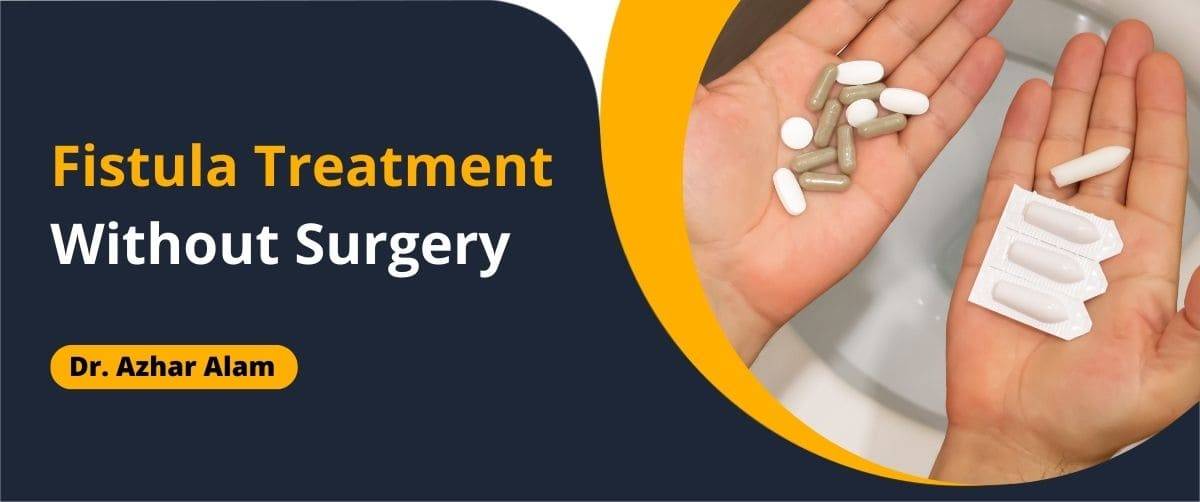
Fistula Treatment without surgery
Fistula Treatment without Surgery: Non-Invasive Approaches for Relief
Fistula, an abnormal tunnel-like tract that forms between organs or between an organ and the skin’s surface, can be a challenging condition to deal with. While surgical intervention is often recommended for complete healing, there are non-invasive approaches that can provide relief, manage symptoms, and support the healing process. In this article, we will explore various non-surgical treatments for fistula and their benefits.
Understanding Fistula
Fistulas are abnormal passages that develop when an internal organ forms a connection with another organ or the skin. In the case of anal fistulas, they usually result from an untreated anal abscess. The most common type is an anal fistula, where a tunnel forms between the anal canal and the skin around the anus.
Non-Invasive Treatments for Fistula
While surgical procedures like fistulotomy or fistulectomy may be necessary in some cases, non-invasive treatments can be considered as alternatives or complementary measures. These non-surgical approaches can help in managing symptoms and promoting healing.
1. Seton Placement: A seton is a piece of surgical thread or cord that is placed through the fistula tract to keep it open and allow drainage. This helps in reducing infection and promoting healing. Setons may be made of materials that can be easily adjusted or removed, depending on the patient’s condition.
2. Fibrin Glue Injection: Fibrin glue is a biological adhesive that can be injected into the fistula tract to seal it and promote healing. This method is particularly suitable for certain types of fistulas.
3. Laser Treatment: Fistula Laser Treatment can be used to close the opening of the fistula and promote healing. It is a non-invasive procedure that involves using a laser beam to target the fistula’s lining.
4. Medications: Antibiotics may be prescribed to manage and prevent infection in the fistula. Pain relievers can also help in reducing discomfort and pain associated with the condition.
5. Sitz Baths: Sitting in warm sitz baths several times a day can provide relief from pain and discomfort associated with the fistula.
6. Proper Hygiene: Keeping the anal area clean is crucial to prevent infection. Gently washing the area with mild soap and water after bowel movements can be beneficial.
7. Dietary Changes: Consuming a diet rich in fiber and staying hydrated can help prevent constipation, which may aggravate the symptoms of fistula.
Candidacy for Non-Invasive Treatment
The suitability of non-invasive treatments depends on various factors, including the type, location, and severity of the fistula. Additionally, individual medical history and overall health are also considered when determining the appropriate treatment plan.
The Importance of Consultation
It is crucial to consult a qualified healthcare professional to determine the best course of action for fistula treatment. They can assess the specific condition, recommend suitable non-invasive treatments, and monitor the progress.
Limitations of Non-Invasive Treatments
While non-invasive treatments can provide relief and support healing in some cases, they may not be suitable for all types of fistulas. Complex or deep fistulas may require surgical intervention for effective healing and resolution.
Also Read: Swelling Within The Anus
Conclusion
Fistula treatment without surgery is possible with non-invasive approaches that can alleviate symptoms and promote healing. While these treatments can be effective in some cases, it is essential to consult a healthcare professional for a proper evaluation and personalized treatment plan. Depending on the type and severity of the fistula, surgical intervention may still be necessary for complete healing and resolution of the condition.
FAQs
1. Can all fistulas be treated without surgery?
Non-invasive treatments can be effective for certain types of fistulas. However, complex or deep fistulas may require surgical intervention for complete healing.
2. Are non-invasive treatments for fistulas painful?
Non-invasive treatments are generally well-tolerated and cause minimal discomfort. Pain management options may be used if necessary.
3. How long does it take to see results with non-invasive treatments?
The healing process varies depending on the individual and the specific condition. Some patients may experience improvement in symptoms relatively quickly, while others may require more time.
4. Can non-invasive treatments cure fistulas permanently?
Non-invasive treatments can support healing and alleviate symptoms, but they may not guarantee a permanent cure. Regular follow-up with a healthcare professional is essential.
5. Can non-invasive treatments be combined with surgical procedures?
In some cases, non-invasive treatments may be used as complementary measures alongside surgical procedures to enhance healing and manage symptoms. The treatment plan will depend on the individual’s condition and medical history.
About Docor

Dr. Azhar Alam
MBBS (Honours), MRCS A (UK),
DNB General Surgery
FIAGES (Gastro Intestinal Surgery)
FMAS (Minimal Access Surgery),
MNAMS (New Delhi)
Consultant Gastrointestinal, Advanced Laparoscopic and Laser Surgeon
Assistant Professor of Surgery, KPC Medical College and Hospital
